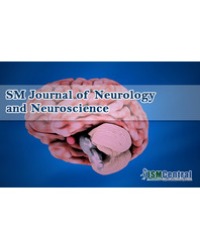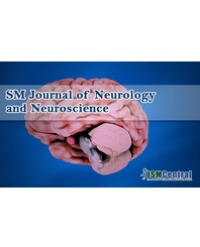
Ange A. Mele, MD, Henry Ogbuagu, MD, Sahil Parag, DO, Bradley Pierce, MD
Multiple sclerosis is a demyelinating disorder of the central nervous system characterized by lesions disseminated in time and space. The diagnostic criteria for laboratory-supported definite multiple sclerosis involves two episodes of symptoms, evidence of at least one white matter lesion on MRI and abnormal oligoclonal bands in cerebrospinal fluid. Patients usually present in their early twenties and on average have up to one flare up per year. While vaccines play an important role in the prevention of many diseases, they have often been purported as a potential trigger of multiple sclerosis and multiple sclerosis relapses. The medical literature provides reliable information concerning the risk of developing multiple sclerosis and multiple sclerosis relapses following administration of most vaccines, but not much is known about the novel Moderna SARS-CoV-2 PF vaccine.
We report the case of 24-year-old male who presented with right sided facial weakness, dizziness, and dysarthria two days after receiving his first dose of Moderna COVID-19 vaccine. Imaging studies noted both acute and chronic central nervous system lesions. He met the diagnostic criteria for laboratory-supported definite multiple sclerosis. His acute flare was treated with intravenous corticosteroids and the patient was subsequently started on Ocrelizumab.
This case serves as an important example of the novel Moderna SARS-CoV-2 PF vaccine as a potential trigger of multiple sclerosis relapse; it reviews the literature for similar occurrences with the other COVID-19 vaccines and provides reliable guidance for COVID-19 vaccination for patients with multiple sclerosis.
Ange A. Mele, MD, Henry Ogbuagu, MD, Sahil Parag, DO, Bradley Pierce, MD



